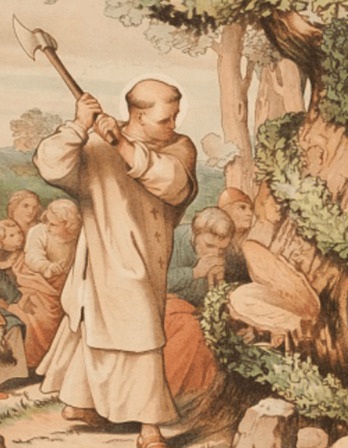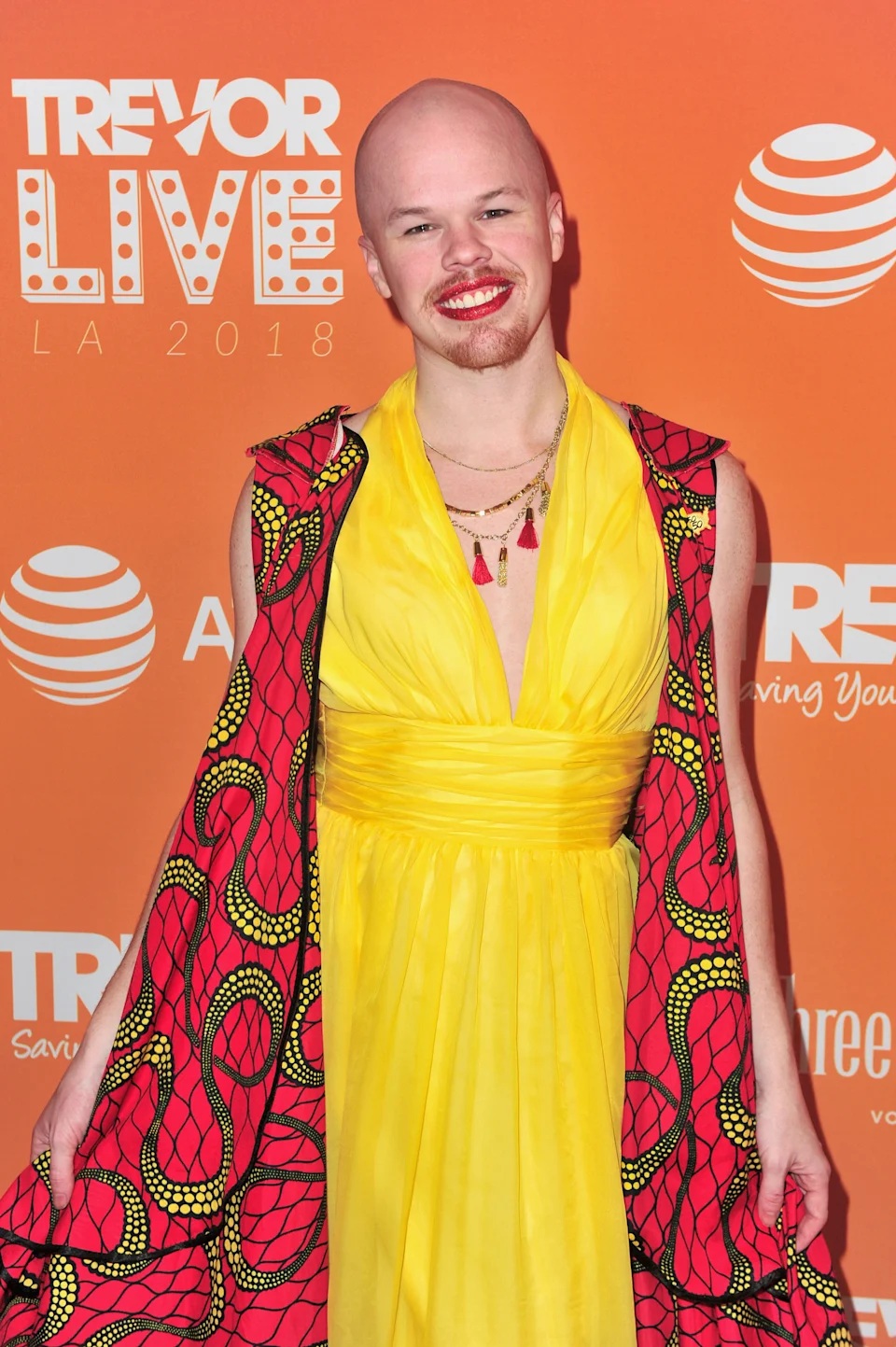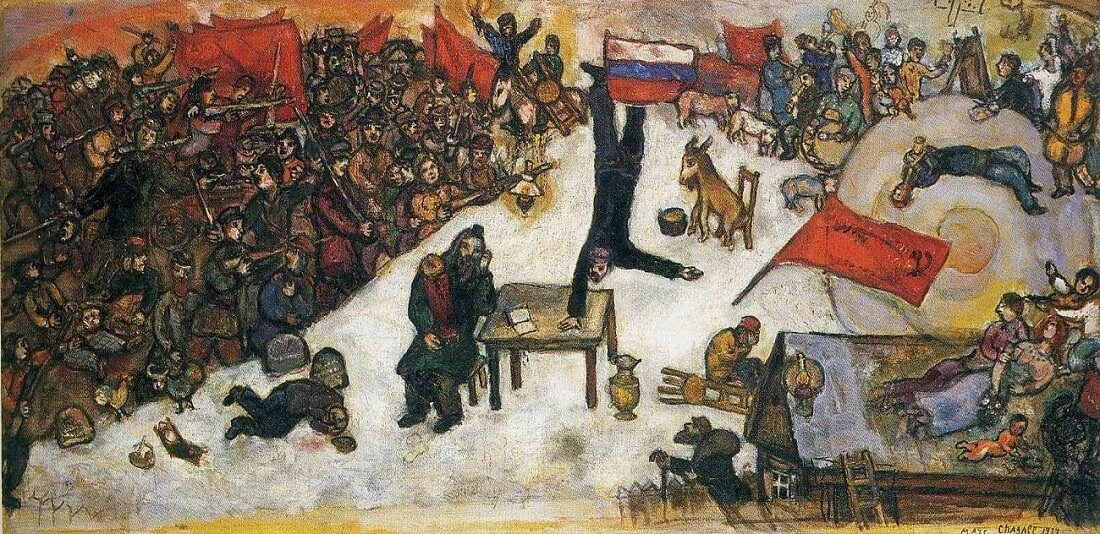Decapitated statues of Mary are not uncommon in European nations culturally enriched by Muslim migration. So the July 1 beheading of the Virgin Mary in the Cathedral of the Immaculate Conception (a.k.a. Mariendom) in Linz, Austria, was a welcome detour from a political minefield. It shifted attention from Islam to a less threatening adversary: Catholic traditionalists.
Let me explain.
“Crowning,” a coarsely crafted sculpture of the Virgin Mary in labor, went on display at the cathedral as part of DonnaStage, a tangle of events celebrating the 100th anniversary of Mariendom’s consecration. Continue Reading







